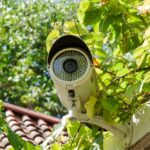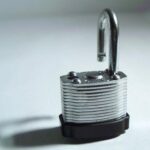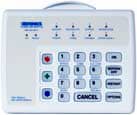This decision-making guide—based on the data—will help you make smart choices on home security products and measures.
Home security has come a long way since the days of deadbolts and chain locks.
From deterring theft from occurring in the first place to making it easier for you to recover stolen items, today’s security products can help protect your home better than ever before—and with optimal convenience.
But how essential are they?
Here we’ll take a look at how home security products go head-to-head against crime statistics, exploring their value by the numbers.
The Effectiveness of Home Security Systems
The bottom line is that home security systems are effective.
According to a peer-reviewed, scientific study conducted by the University of North Carolina at Charlotte in conjunction with the FBI, a home with a security system is 270% less likely to be burglarized than a home without a security system.
That study surveyed 422 incarcerated criminals. Of those 422 people, 83% said they would check to see if a targeted property had an alarm installed—and 60% said they would look for a different target if it did.
The study proved that even the hint of a home security system made burglars look for a different target.
But window stickers and yard signs aren’t enough. You need a system that can help in the event someone ignores those warnings and attempts to gain entry into your home.
The vast majority of burglaries are spur-of-the-moment crimes. Burglars open a door or smash a window, grab what’s in sight, and run. These criminals do not want to be seen or noticed. A sudden explosion of sound from an installed security system might send them running.
Alarms are effective because of the attention they draw to your home. Think about a car alarm in a parking lot. If you hear one go off, you instinctively look in that direction. A security system’s alarm will do the same thing. It will cause neighbors to look, too, and draw more focus to the burglar.
In addition, a monitored system will alert the authorities, increasing the chances of catching the perpetrator.
A system that includes motion sensors, cameras, and other home security devices is even more effective than one with just a siren. As the study by UNC Charlotte demonstrates, even the presence of a security system (or documentation that suggests one is present) is better than nothing.
How Criminals Target Points of Entry
When you safeguard the most obvious points of entry into your home, you make it a less desirable target for thieves
Because 90% of burglars enter a home through a door, an outdoor security camera or a door sensor is your best first line of defense. It will trigger an alert when the door is forced opened and activate the rest of the security system.
Another 6% of burglars enter through windows, mostly after breaking them first. Whether a window is open or broken, window sensors detect vibrations and will trigger the security system in the same fashion as a door sensor.
The other 4% of burglars enter through a wall or through a ceiling.
With motion-activated sensors in common areas of the home, you can still detect these criminals after they make it inside.
Find Reliable Local Home Security Pros
How Location Affects Security
Crime rates vary by city and state. Statistically speaking, a person who lives in the middle of nowhere is less likely to be targeted than someone that lives in the middle of a city, simply due to the number of people that pass by. However, the home in the middle of nowhere has no neighbors to watch out for it, whereas the home in the city is surrounded by neighbors.
According to the FBI, there are an average of 4.9 burglaries per 1,000 people in metropolitan areas. That number drops to 4 burglaries per 1,000 people in counties outside of metropolitan areas.
The difference might not seem like much, but spread over hundreds of thousands of people, it represents a significant decrease in crime.
Regardless of whether you live in a major city or a rural hamlet, however, a security system makes a difference.
Additional Products That Improve Security
A home security system is effective at deterring criminals and can alert the authorities should an alarm be triggered. But you can improve your home’s overall security with a few additional features.
While these smart security devices have not undergone the same studies as an overall home security system, each device offers features that only amplify the capabilities of a traditional system:
Security Cameras
Security cameras serve double duty when safeguarding your home. Not only do they make criminals think twice about breaking and entering, but they provide you with video footage to turn over to the police if a break-in does take place.
An outdoor security camera helps to capture the vehicle of a potential burglar as they approach. An indoor security camera, placed at the proper angle, can ensure you always catch a thief’s face when they enter your home.
Combine a motion sensor with a security camera (many cameras have these built in) and it will automatically begin recording when it catches motion. The best security cameras are connected to your home’s Wi-Fi, which allows you to check the live stream at any time and from anywhere on your phone.
Smart Door Locks
According to the FBI, 50% of all burglars enter through an unlocked door. The hectic schedule of day-to-day life makes it easy to forget to lock your doors, but smart door locks make it so that you do not need to worry about that.
Most smart locks automatically lock after 30 seconds. This means that even if you forget to lock your door, it will lock for you.
Smart locks also connect to your Wi-Fi system and give you remote access, so you can manage them from anywhere at any time. Smart door locks can also be connected to a larger home security system. When the system triggers it, the door will throw the bolt.
Smart LED Lights
The vast majority of burglaries take place when no one is present. The reason is simple: depending on the location, a burglary when someone is in the home changes the crime from a breaking and entering charge to a robbery charge. The latter carries a longer sentence and more severe penalties.
You can easily make it appear as though someone is home with affordable, programmable LEDs lights. These lights can be programmed to turn on and off throughout the home at various times to give the illusion of occupancy.
LEDs use minimal power, unlike halogen lights or fluorescent bulbs, so they won’t increase your energy bill.
Smart LEDs are also convenient, as you can control them with an AI assistant or remotely through your phone without ever touching a light switch. Additionally, with a smart home hub, like one your local internet service provider may offer, it’s easy to set up “rules.” For example, when motion is detected, the TV and the lights in every room can turn on, and you can receive a text about the activity.
Products to Increase Porch Security
The advent of online shopping has increased the occurrence of package theft from porches. A survey of 1,000 people reported that 31% had experienced the theft of a package from their porch. However, you can add devices to your home security system that will make people think twice about snatching your latest delivery.
- Doorbell cameras. Doorbell cameras are smart doorbells that are connected to your home’s Wi-Fi system. When someone rings the doorbell (or even steps in front of the motion sensor), you’ll receive a notification on your phone. From there you can speak to your visitor. If it’s a delivery person, you can ask them to hide the package out of sight of the road. Many doorbell cameras record video, so if someone does approach your home and make off with a package, you’ll have video footage to turn over to the police. For more, see Home Security for People Who Live Alone.
- Motion-activated lights. Some of the most effective deterrents to criminals are lights. By putting motion-activated lights on your porch, you guarantee that no one can approach your home in the dark. You can also set up a pre-recorded message to play when motion is detected. This can say anything you want, but a message that asks someone if you can help them and makes it seem like someone is home is often the most effective option. You can also warn visitors they are on camera.
Costs vs. Value of Security Systems
Based on FBI data, the average break-in results in a personal property loss of $2,361. Yet for many people, the ultimate barrier for purchasing a home security system is the cost.
A security system may require upfront equipment costs, and monitored systems require a monthly subscription plan. However, many systems fold the cost of renting the equipment into the subscription fee. And you can find package deals that make the service more affordable—such as bundling it with your cable TV or Internet service.
The recovery rate of stolen goods in the United States is low. For electronics, jewelry, and other household goods, the rates are well below 10%. However, if you have video evidence of the crime, the chances of the authorities capturing the perpetrators and returning your belongings increases significantly. It may also help you with insurance claims.
When your home is burglarized, you lose more than just possessions. You lose peace of mind and the sense of security your home provides. A home security system can help stop that from happening, or restore that sense of security if it does. While a home security system can’t be 100% effective at preventing break-ins, it’s highly efficient at reducing the chance your home will be targeted.
Patrick Hearn is an Atlanta-based freelance technology writer for Xfinity Home, who has filled his own home with smart security products.
NEXT SEE: Home Alarm Systems Buying Guide



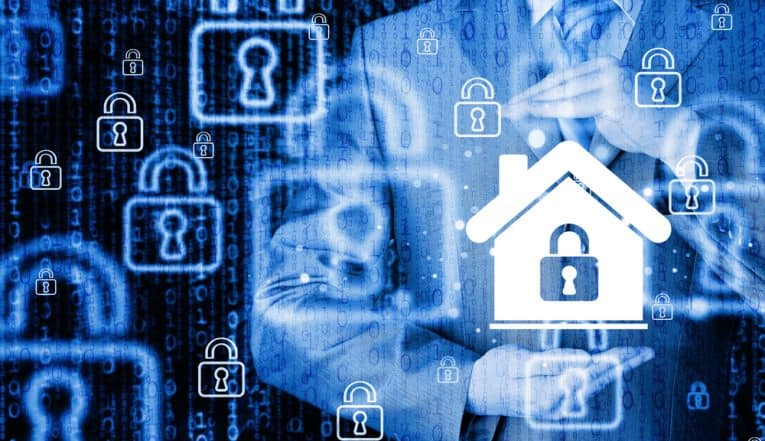
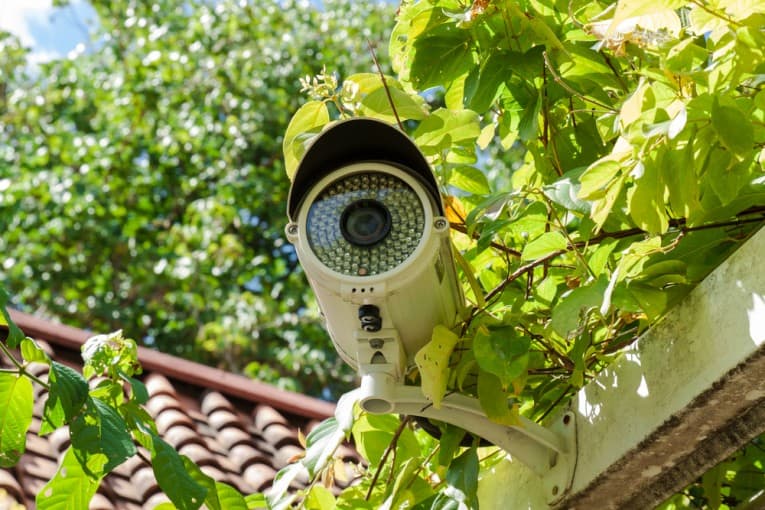
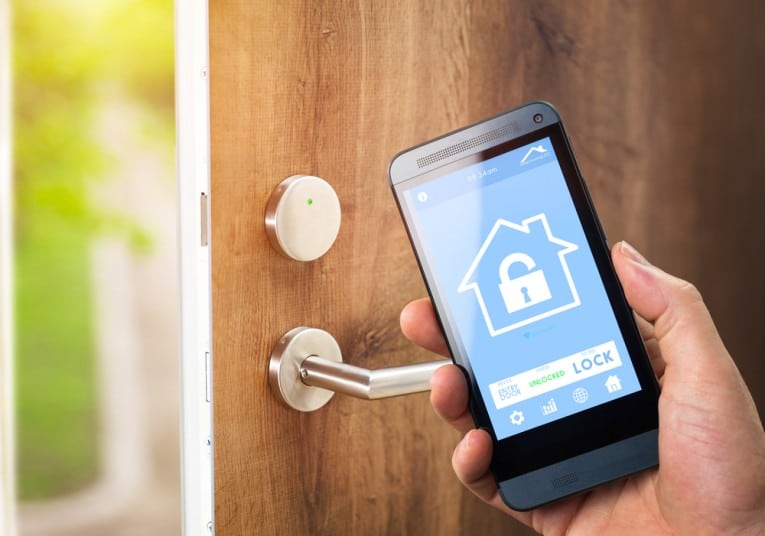
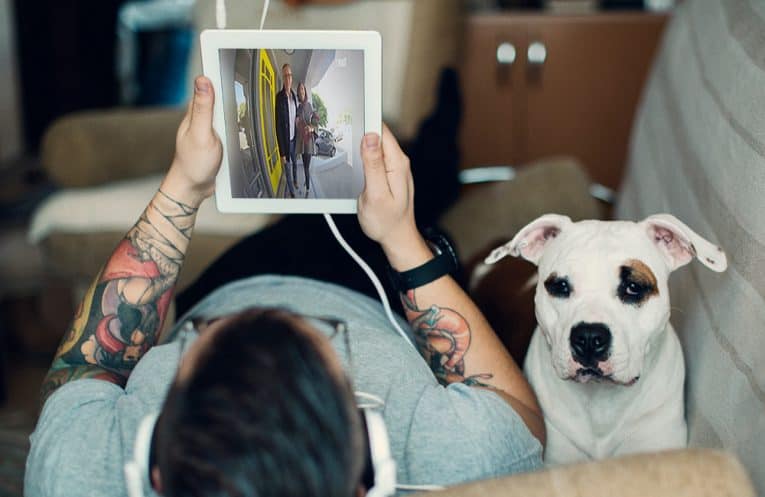
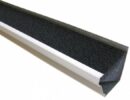


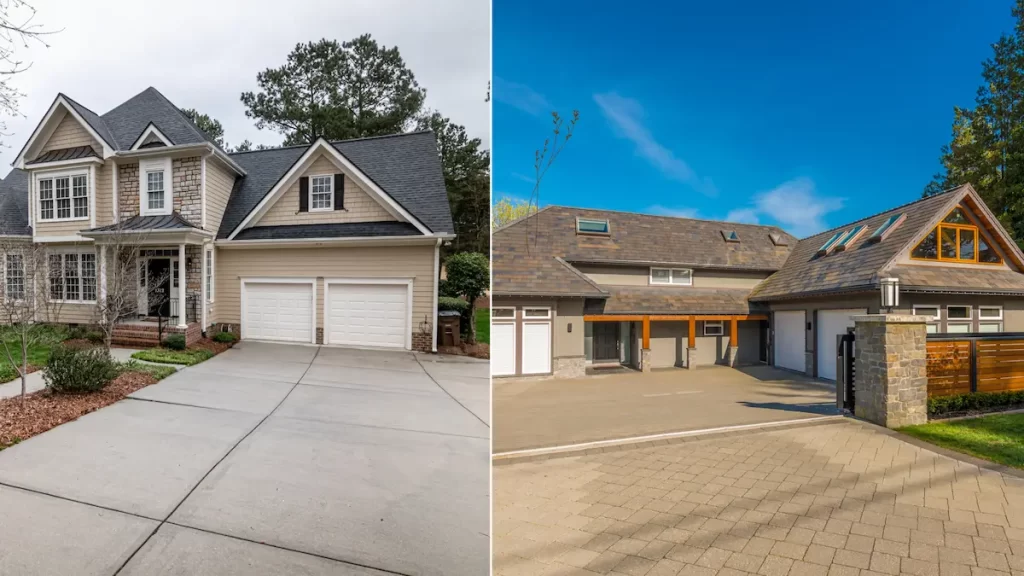
 Don Vandervort writes or edits every article at HomeTips. Don has:
Don Vandervort writes or edits every article at HomeTips. Don has:

